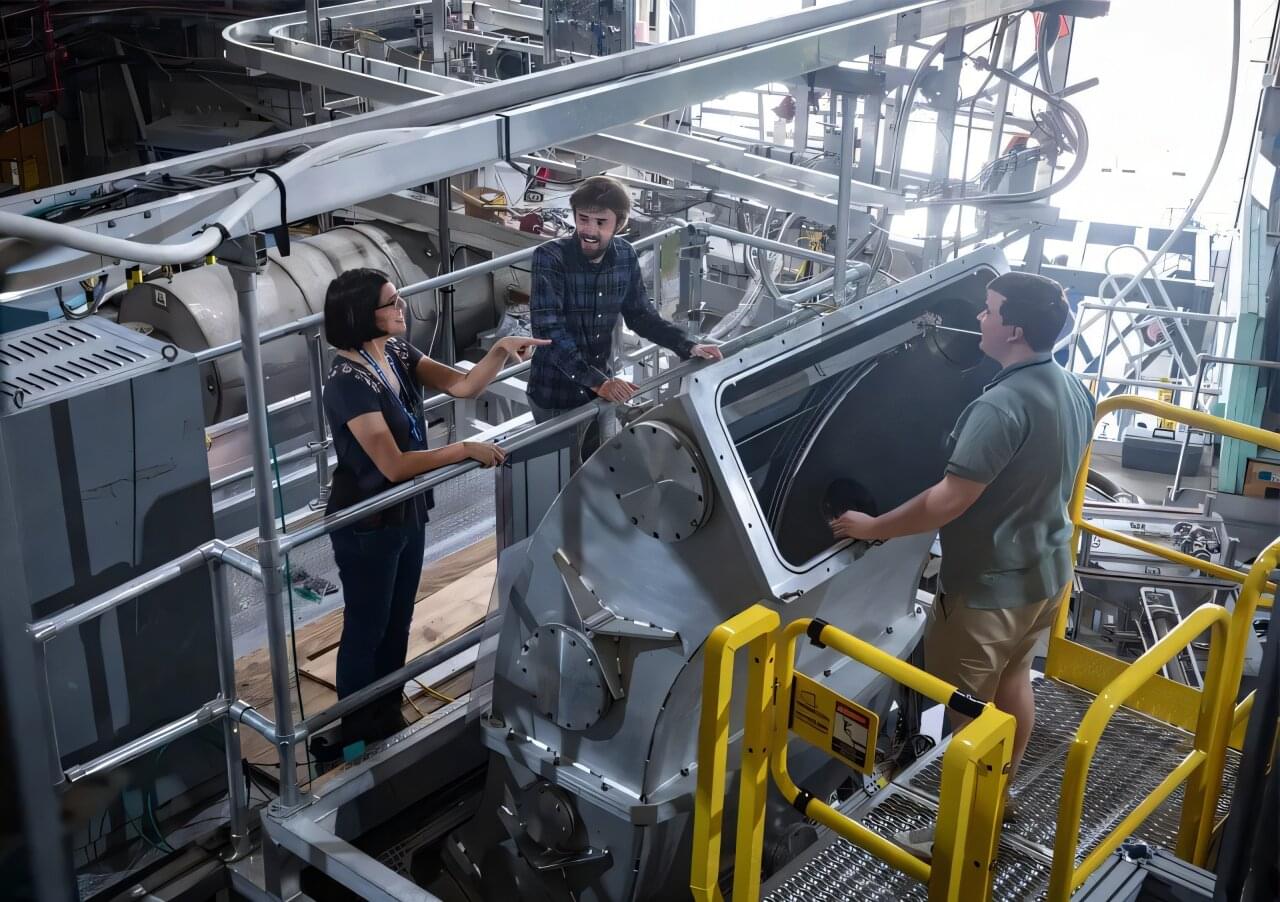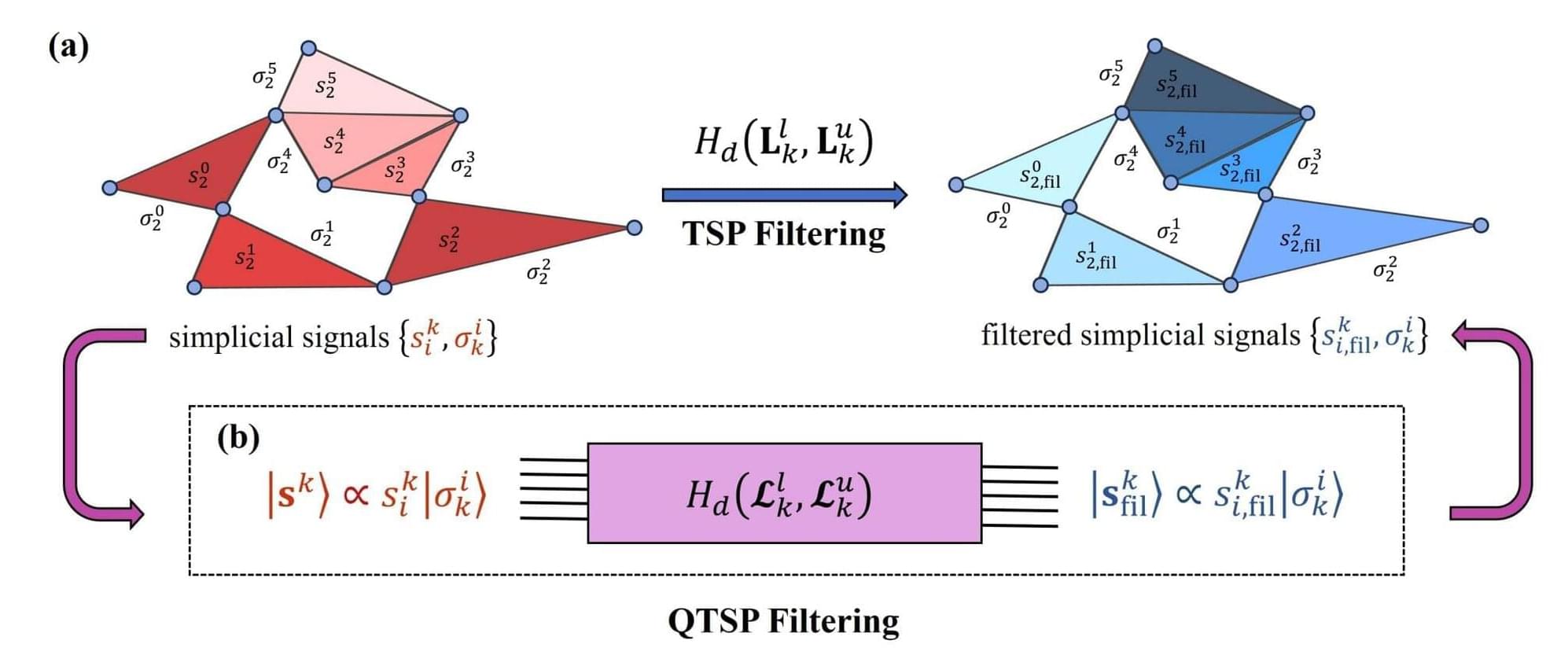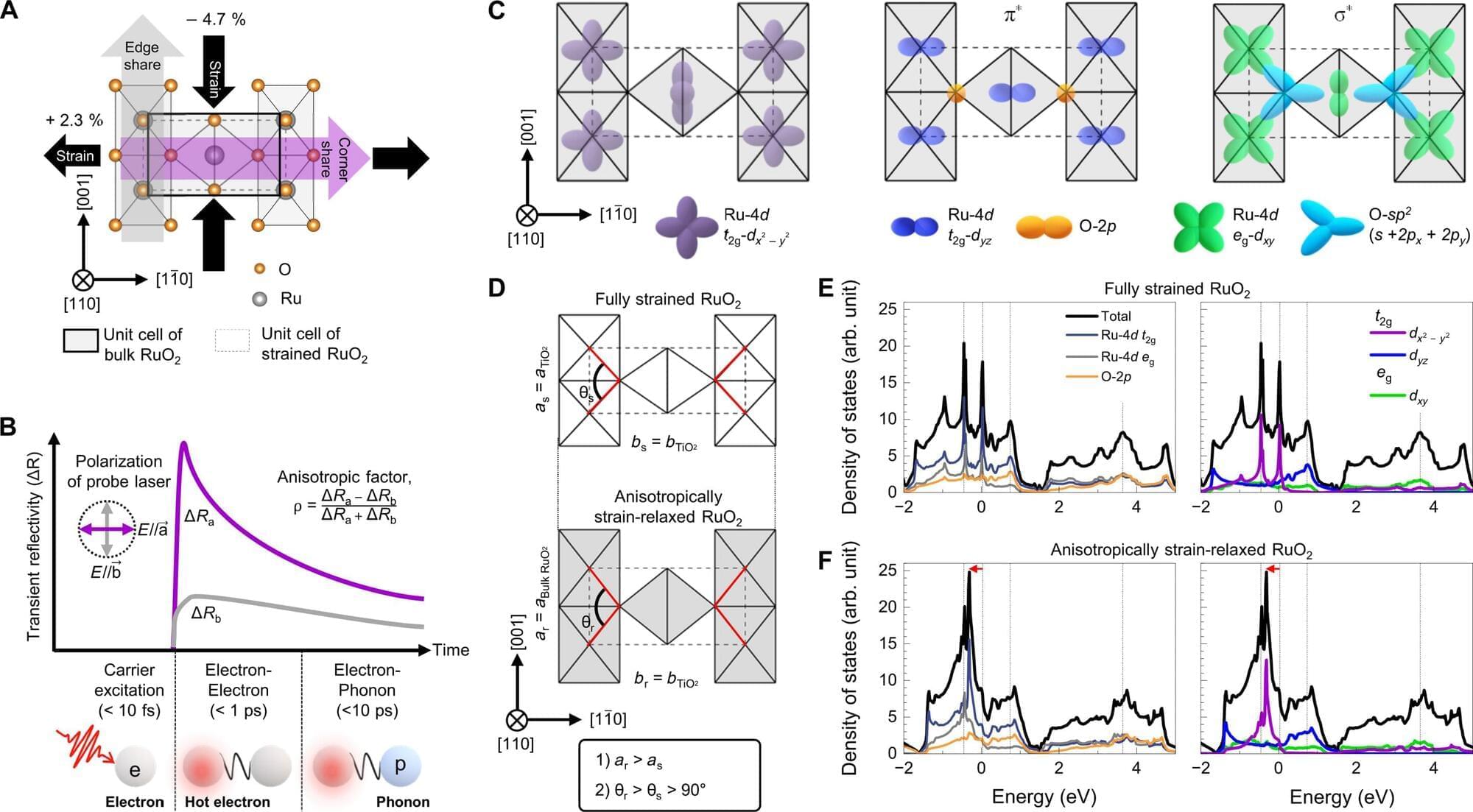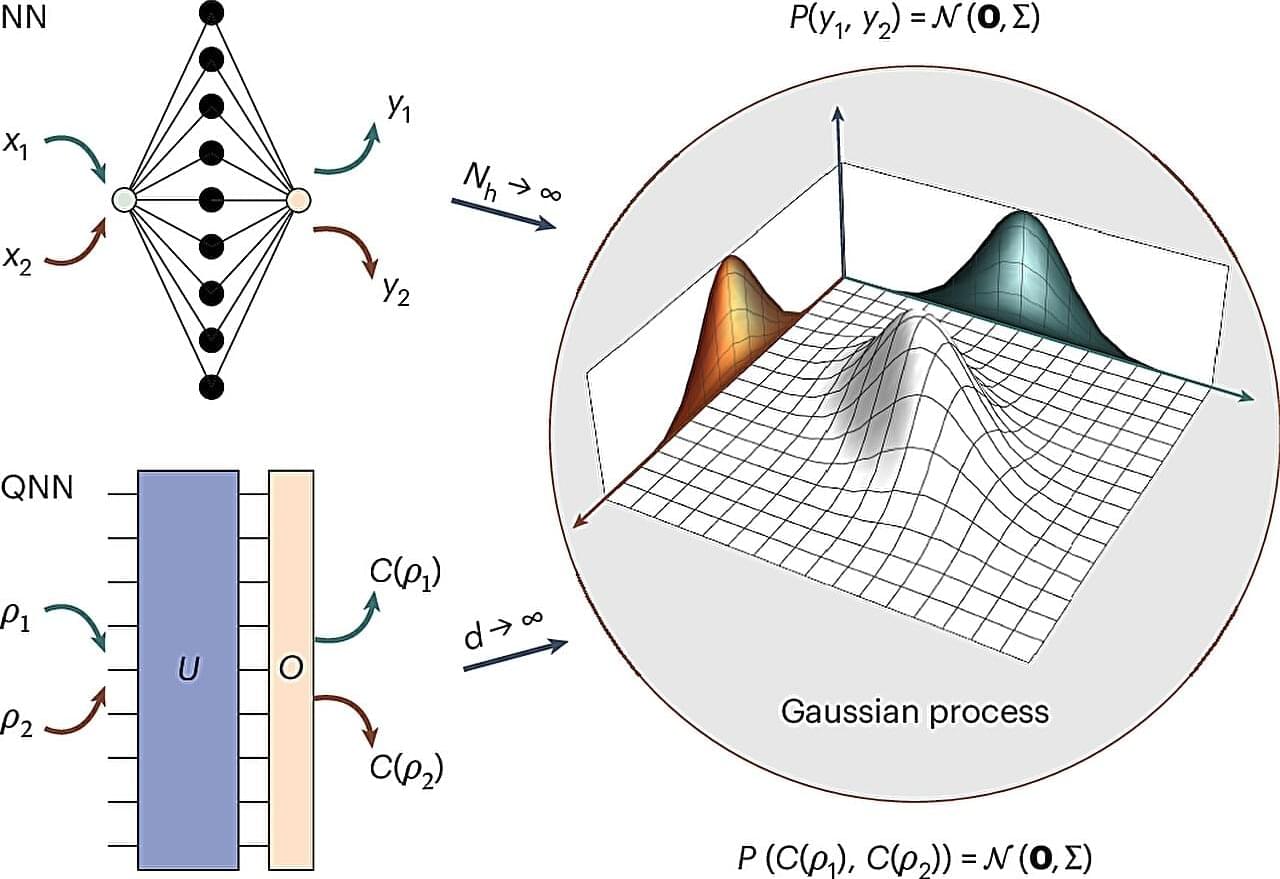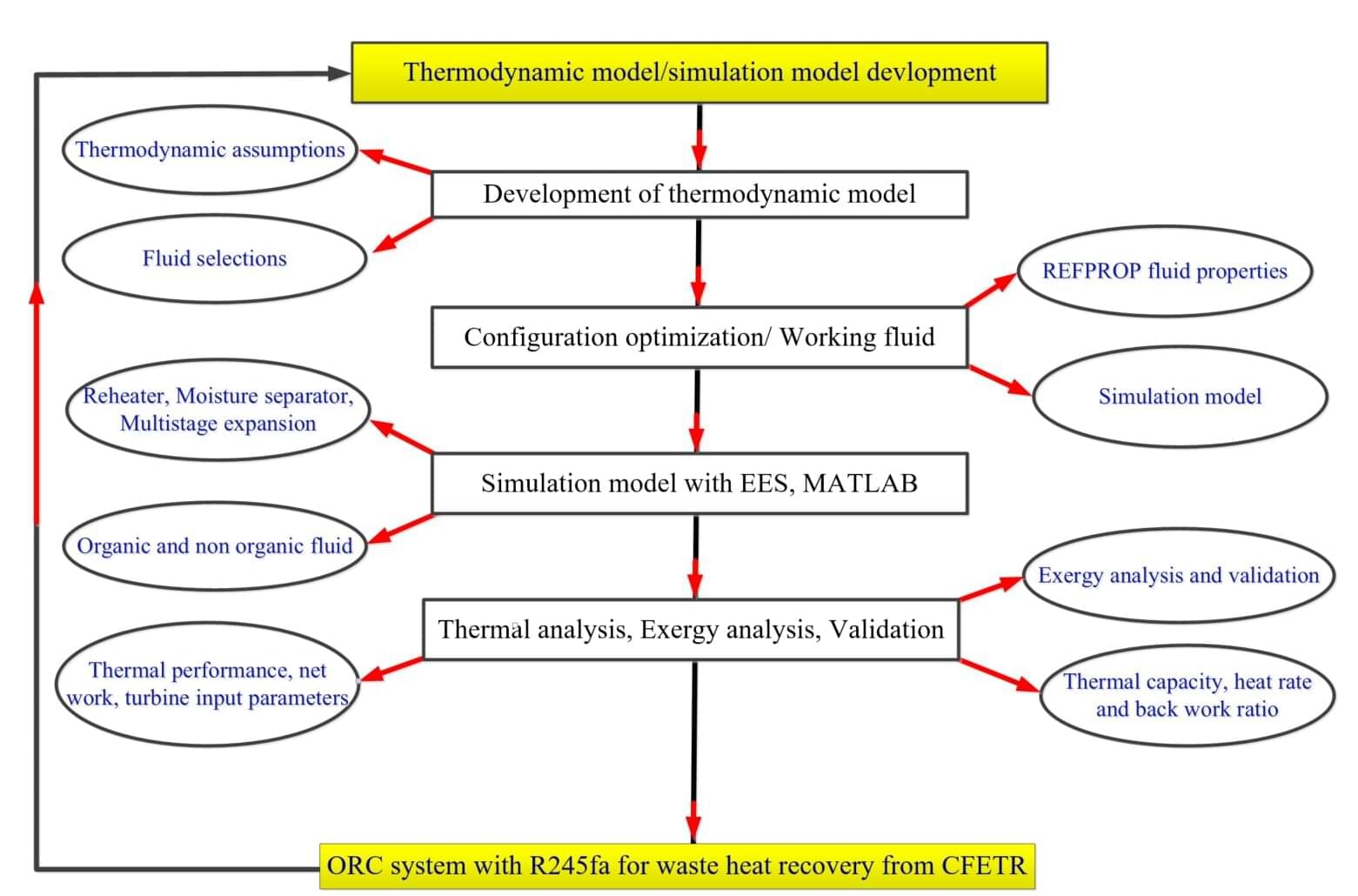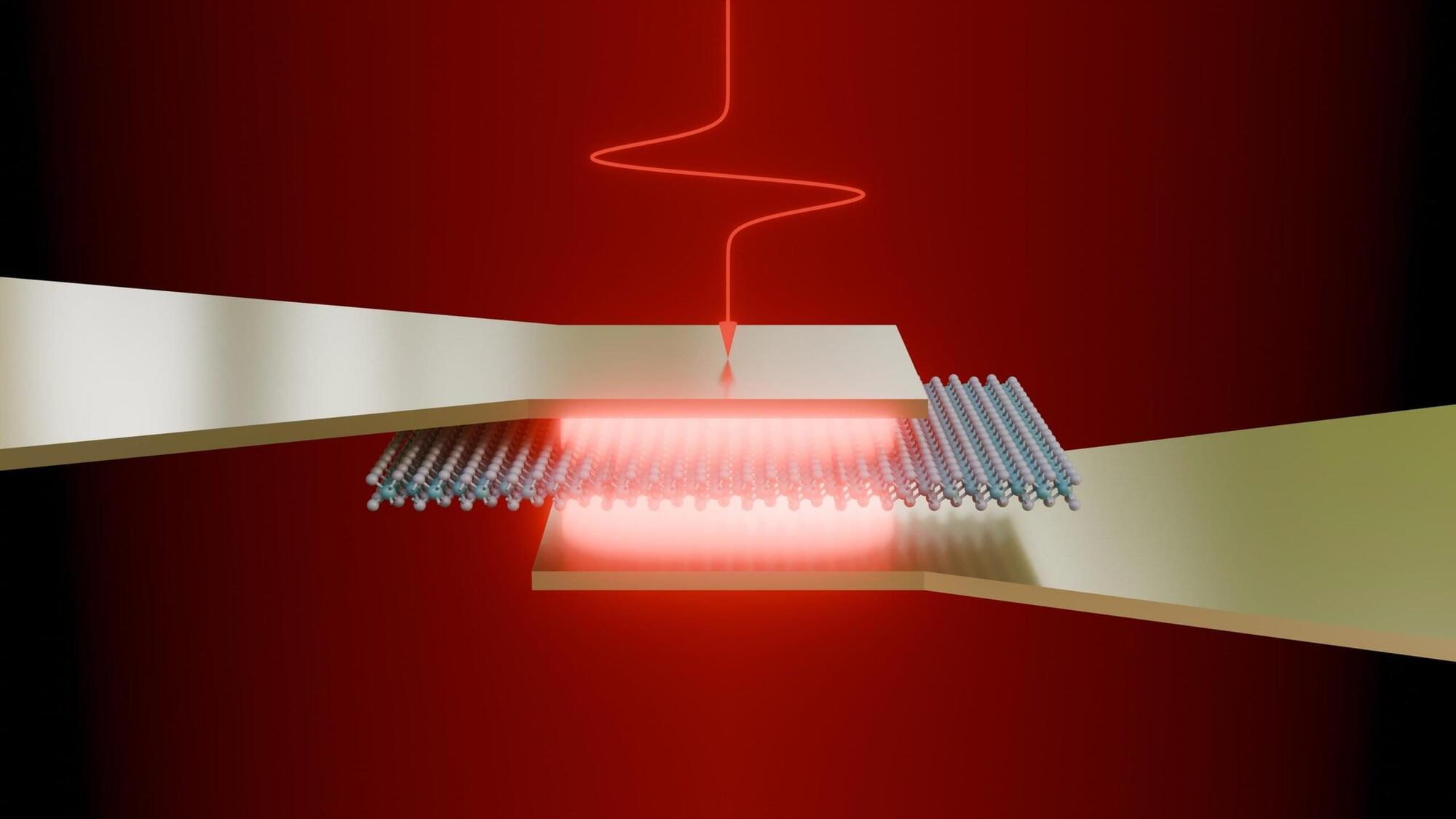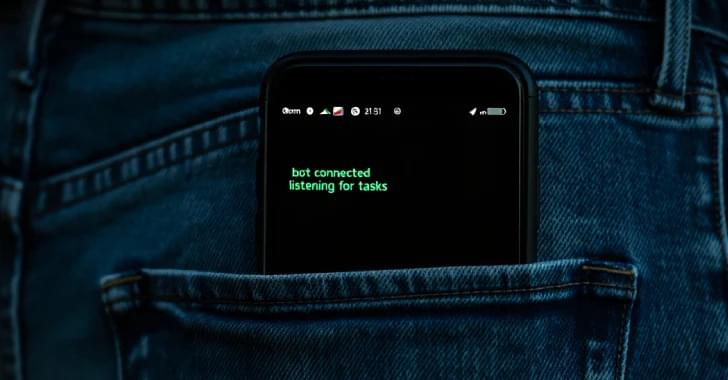A major international study has found that when it comes to choosing a long-term partner, people across the globe consider not just how many sexual partners someone has had, but also when those encounters took place.
This is the first time researchers have explored the timing of sexual history alongside quantity—offering a fresh perspective on human mating psychology. The study is published in the journal Scientific Reports.
Led by Swansea University, the study surveyed more than 5,000 participants from 11 countries across five continents. It found that people were generally less willing to commit to someone with a high number of past sexual partners but were more open if those encounters had become less frequent over time, suggesting a shift away from casual sex.

